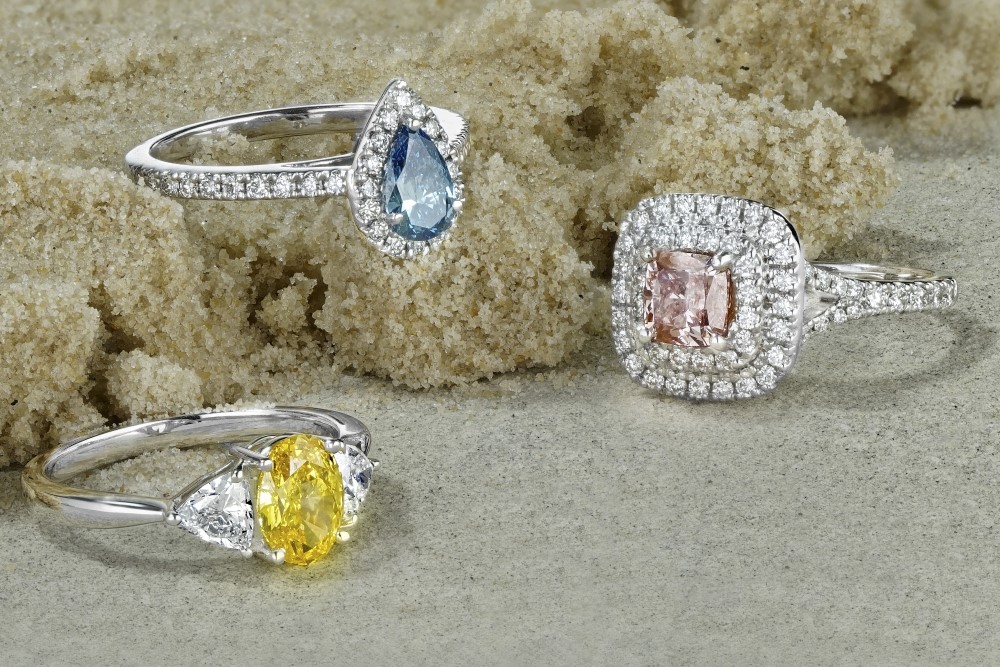Lab Diamonds: The #1 Choice
Lab diamonds, often referred to as synthetic or cultured diamonds, have been making waves in the jewelry industry in recent years. But what exactly makes them the number one choice for savvy consumers? Let’s delve into the myriad advantages that lab diamonds offer over their mined counterparts.
1. Introduction
What are lab diamonds?
Lab diamonds are diamonds created through a process that replicates the natural conditions under which diamonds form in the Earth’s mantle. These diamonds possess the same chemical composition, crystal structure, and optical properties as mined diamonds, but they are grown in controlled laboratory environments.
2. Advantages
Lab diamonds boast several key advantages that make them increasingly popular among consumers.
Cost-effectiveness: One of the most significant advantages of lab diamonds is their cost-effectiveness. On average, lab-grown diamonds are 20-40% cheaper than mined diamonds, lab diamonds the #1 choice, allowing buyers to get a larger or higher quality stone for their budget.
Ethical considerations: Unlike mined diamonds, which are often associated with issues such as unethical labor practices and funding conflict, lab diamonds are ethically sourced. They are produced without the environmental and social impacts of diamond mining, making them a more ethical choice for conscientious consumers.
Environmental impact: The process of mining diamonds can have devastating environmental consequences, including deforestation, habitat destruction, and water pollution. In contrast, lab-grown diamonds require significantly fewer natural resources and produce minimal environmental impact.
3. Quality Comparison
When it comes to quality, lab diamonds rival their mined counterparts in every aspect.
Clarity and color: Lab diamonds are available in a wide range of colors and clarities, with options to suit every taste and preference. Thanks to advanced technology, manufacturers can control the diamond-growing process to produce stones with exceptional clarity and color consistency.
Durability and brilliance: Lab diamonds exhibit the same exceptional hardness and brilliance as natural diamonds. They are equally durable and resistant to scratching, making them suitable for everyday wear and long-lasting jewelry pieces.
4. Certification
Certification plays a crucial role in ensuring the authenticity and quality of lab diamonds.
Importance of certification: Just like mined diamonds, lab made diamonds should be accompanied by a certificate from a reputable gemological laboratory. This certificate verifies the diamond’s characteristics, including its carat weight, cut, color, and clarity.
Trusted certification bodies: Some of the most trusted gemological laboratories that certify lab diamonds include the Gemological Institute of America (GIA), the International Gemological Institute (IGI), and the American Gem Society (AGS).
5. Customization
Lab diamonds offer unparalleled opportunities for customization and personalization.
Design flexibility: With lab diamonds, jewelry designers have virtually unlimited design possibilities. From classic solitaire engagement rings to intricate cocktail earrings, lab diamonds can be crafted into any desired shape or setting.
Personalization options: Many consumers opt for lab diamonds for their ability to create truly unique and personalized pieces of jewelry. Whether it’s incorporating birthstones, engraving initials, or designing a custom setting, the possibilities for personalization are endless.
6. Misconceptions
Despite their growing popularity, lab diamonds are still subject to some common misconceptions.
Common myths about lab diamonds: One prevalent myth is that lab diamonds are inferior in quality to mined diamonds. In reality, lab diamonds are identical to natural diamonds in terms of their chemical composition and physical properties.
Debunking misconceptions: Scientific advancements have made it possible to produce lab diamonds of exceptional quality, often surpassing the clarity and brilliance of mined diamonds. Additionally, lab diamonds offer ethical and environmental advantages that mined diamonds cannot match.
7. Market Demand
Lab diamonds are experiencing a surge in demand, driven by shifting consumer preferences and growing awareness of their benefits.
Rising popularity: Jewelers worldwide are witnessing increased demand for lab-grown diamonds, particularly among younger consumers who prioritize sustainability and ethical sourcing.
Consumer preferences: As consumers become more informed about the environmental and ethical implications of their purchasing decisions, many are opting for lab diamonds over mined diamonds.
8. Celebrity Endorsements
Celebrities play a significant role in shaping trends and influencing consumer behavior, and lab diamonds are no exception.
Influence on trends: High-profile celebrities, including actors, musicians, and influencers, have been spotted wearing lab-grown diamond jewelry, contributing to the mainstream acceptance of lab diamonds.
Celebrity engagement rings: Several celebrities have chosen lab-grown diamonds for their engagement rings, further cementing the trend of lab diamonds in the bridal jewelry market.
9. Maintenance
Proper maintenance is essential to ensure the longevity and beauty of lab diamond jewelry.
Cleaning and care tips: To keep lab diamond jewelry looking its best, it’s recommended to clean it regularly with mild soap and warm water. Avoid harsh chemicals and abrasive cleaners, as they can damage the surface of the diamonds.
Long-term upkeep: Periodic professional cleanings and inspections by a reputable jeweler can help identify any potential issues and ensure that the jewelry remains in pristine condition for years to come.
10. Future Trends
The future looks bright for lab diamonds, with ongoing technological advancements and a growing focus on sustainability.
Technological advancements: Continued innovations in diamond-growing technology are expected to further improve the quality and affordability of lab-grown diamonds, making them even more accessible to consumers.
Sustainable practices: As sustainability becomes an increasingly important consideration for consumers, the jewelry industry is likely to place greater emphasis on environmentally friendly practices, including the adoption of lab-grown diamonds.

